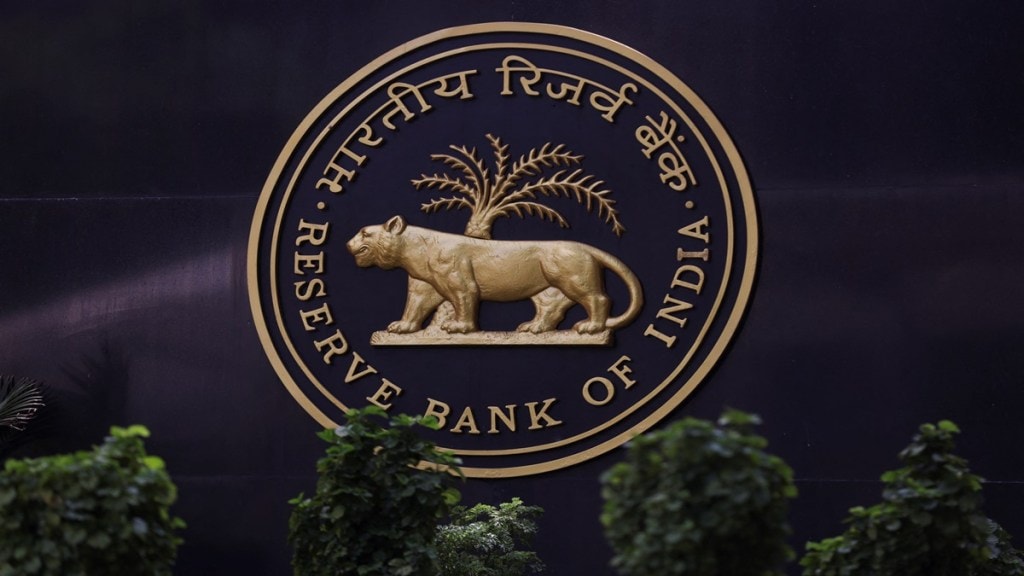The first of the four (25-bps each) cuts in the cash reserve ratio will be carried out on Saturday, which is expected to release Rs 60,000-70,000 crore in the banking system, market participants said.
Why the CRR cut is timely
“It coincides with the busy season, thereby reducing the liquidity stress that sets in the December-March period. It also gives the RBI the headroom to manage liquidity without disturbing other segments, and keeps the rates in check,” Alok Singh, treasury head at CSB Bank, said.
The average liquidity for the past one month was to the tune of Rs 2.75 lakh crore in surplus. On Thursday, the figure stood at Rs 2.87 lakh crore. The central bank has been absorbing additional liquidity by carrying out variable rate reverse repo auctions. Since June 27, the RBI has taken out Rs 20.37 lakh crore through these auctions.
In the June monetary policy view, the RBI took the decision to cut the CRR by 100 bps to maintain sufficient liquidity in the financial system. The cut would release primary liquidity of about Rs 2.5 lakh crore into the banking system by December.
RBI governor Sanjay Malhotra had said that 3% seems to be a “comfortable reserve ratio” and apart from providing additional liquidity, the other aims were to reduce costs and improve bank margins. The RBI estimated a 7-bps improvement in bank margins.
Broader impact on banks and the economy
With banks reducing deposit rates, market participants do not see any changes in these rates as the additional inflow of liquidity has been factored in.
According to the recent lending-deposit rate data released by the RBI, the weighted average domestic term deposit rate on fresh rupee term deposits of scheduled commercial banks moderated to 5.61% in July, from 5.75% in June.
According to sector experts, banks are holding discussions on where to park the additional money. “It is not specifically planned where the additional money will go. It would depend on the liquidity as well as instruments providing better yields,” the treasury head at a private sector bank said.

